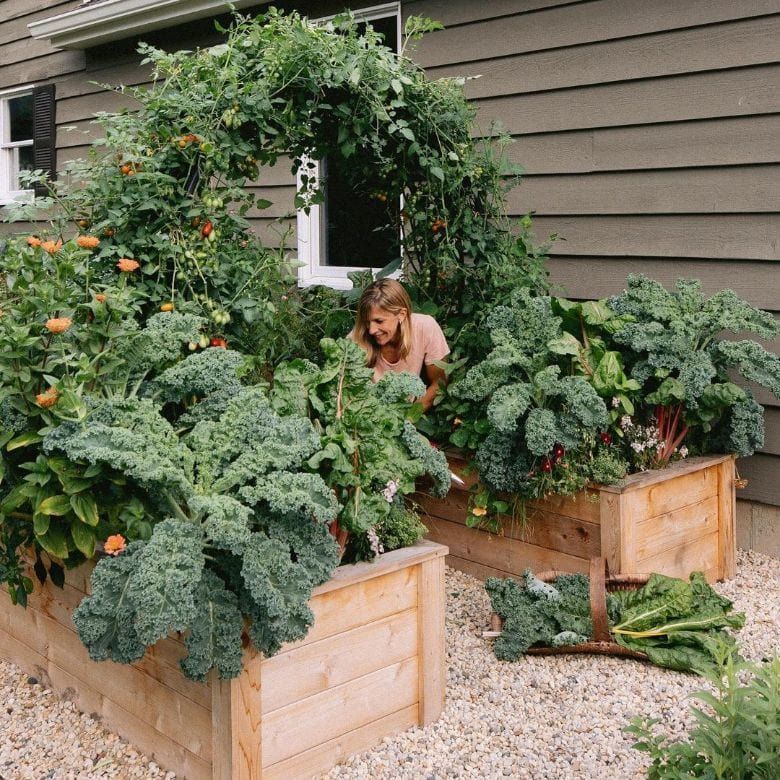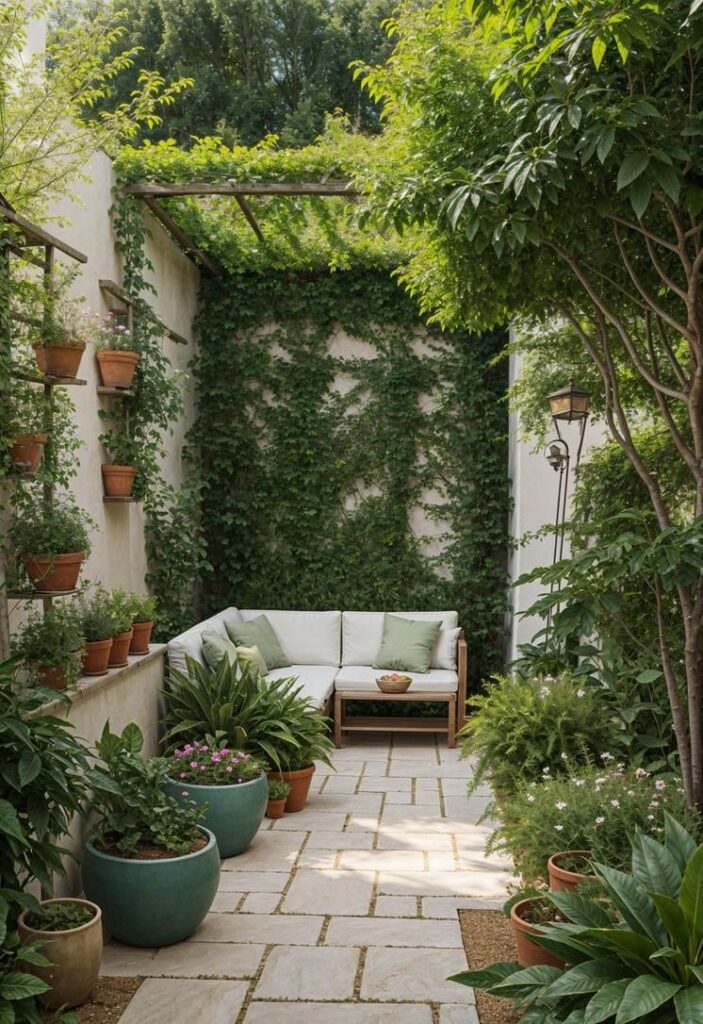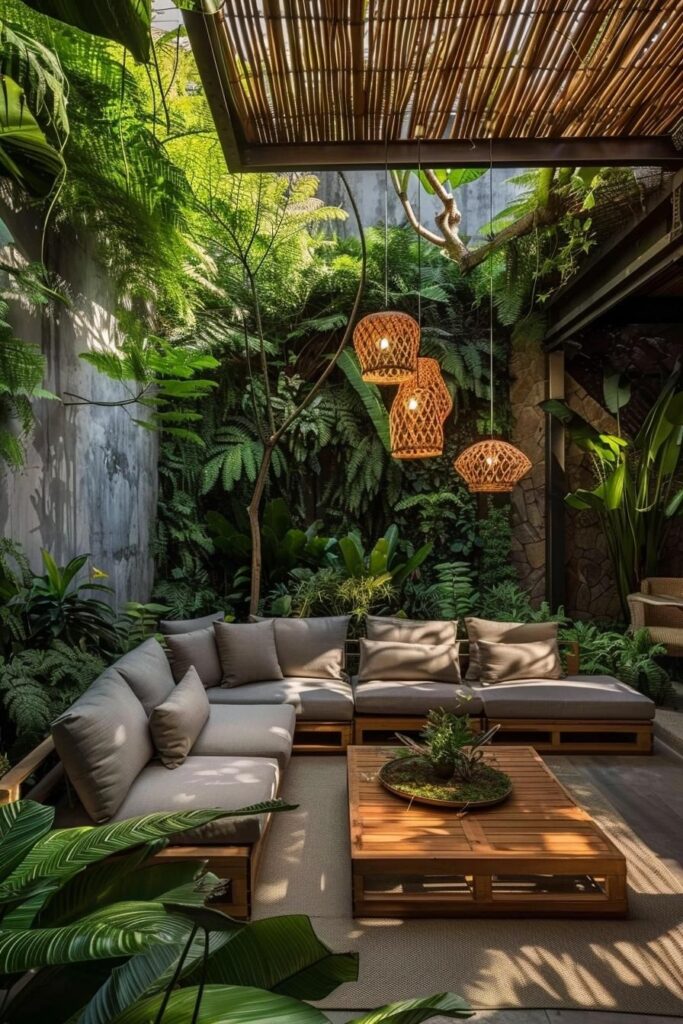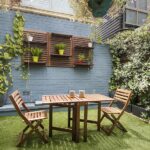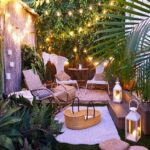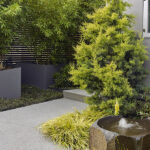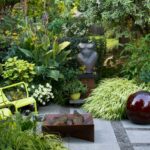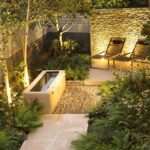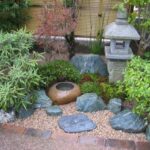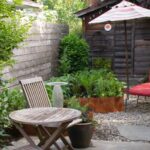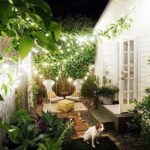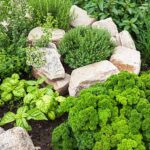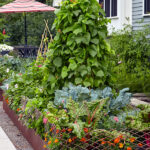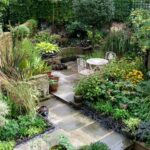Gardening in a small space can be a challenging yet rewarding experience. With careful planning and creativity, even the tiniest of areas can be transformed into a beautiful and functional garden. When designing a garden for a small space, it is important to consider the layout, organization, and selection of plants in order to maximize the space and create an inviting outdoor oasis.
One important factor to keep in mind when designing a garden for a small space is the layout. Utilizing vertical space is key in small gardens, as it allows for more planting area without taking up valuable ground space. Consider using trellises, hanging baskets, or wall-mounted planters to grow vines, herbs, and flowers. Additionally, creating different levels in the garden with raised beds, steps, or shelves can add visual interest and make the space feel larger.
Organization is also crucial in small garden design. Keep pathways clear and use compact, multi-functional furniture to maximize seating and storage space. Consider using containers or planters to group plants together and create a cohesive look. Utilize different textures, colors, and heights to create depth and interest in the garden, while ensuring that each element serves a purpose and contributes to the overall design.
When selecting plants for a small garden, it is important to choose varieties that are well-suited to the space and will thrive in the conditions of the area. Opt for compact or dwarf varieties of plants, such as shrubs, trees, and perennials, that will not outgrow the space or require excessive pruning. Choose a mix of plants that provide year-round interest, including evergreen shrubs, flowering perennials, and seasonal bulbs. Consider incorporating edible plants, such as herbs and vegetables, to create a functional and productive garden space.
Incorporating design elements such as lighting, water features, and decorative accents can add a touch of personality and charm to a small garden. Install solar-powered lights along pathways or in planters to create ambiance and extend the enjoyment of the garden into the evening. Consider adding a small fountain or birdbath to attract wildlife and create a sense of tranquility. Use colorful cushions, rugs, and accessories to personalize the space and make it feel cozy and inviting.
In conclusion, designing a garden for a small space requires careful planning and creativity to make the most of the available area. By considering layout, organization, plant selection, and design elements, it is possible to create a beautiful and functional outdoor oasis in even the smallest of spaces. With a little ingenuity and attention to detail, a small garden can be transformed into a relaxing retreat that provides joy and beauty year-round.
